The fastest aircraft in the world is undoubtedly a topic of fascination, and at WHAT.EDU.VN, we provide you with a comprehensive overview. We’ll explore the record-breaking speeds and cutting-edge technology that define these incredible machines. Join us as we explore speed records, aviation technology, and aerospace engineering to understand what pushes the boundaries of flight.
1. What Defines the Fastest Aircraft in the World?
The title of “fastest aircraft in the world” isn’t just about raw speed; it encompasses a combination of factors. These include:
- Maximum Speed: This is the highest speed an aircraft has achieved, typically measured in Mach number (the ratio of an object’s speed to the speed of sound) or kilometers per hour (km/h).
- Sustained Speed: The ability to maintain high speeds over a prolonged period is crucial. Some aircraft can reach incredible speeds for short bursts, but sustained speed indicates true engineering prowess.
- Operational Use: While experimental aircraft often break speed records, the fastest operational aircraft are those used in military or civilian roles, showcasing practical application of speed technology.
- Technological Innovation: The technologies used to achieve these speeds, such as advanced engine designs, aerodynamics, and materials, also define the fastest aircraft.
2. Top 5 Fastest Aircraft Ever Built
Let’s delve into the list of the top 5 fastest aircraft ever built, highlighting their unique features and accomplishments:
| Rank | Aircraft | Top Speed | Key Features |
|---|---|---|---|
| 1 | NASA X-43 | Mach 9.6 | Experimental unmanned hypersonic aircraft; achieved its speed using a scramjet engine. |
| 2 | Lockheed SR-71 Blackbird | Mach 3.3 | A long-range, strategic reconnaissance aircraft capable of flying at high altitudes and speeds; its design included features to reduce its radar cross-section. |
| 3 | Mikoyan-Gurevich MiG-25 Foxbat | Mach 2.83 | A supersonic interceptor and reconnaissance aircraft; known for its high speed and altitude capabilities, designed to intercept enemy bombers. |
| 4 | MiG-31 Foxhound | Mach 2.83 | An all-weather, supersonic interceptor aircraft; designed to intercept cruise missiles and other high-value targets, with advanced radar systems. |
| 5 | McDonnell Douglas F-15 Eagle | Mach 2.5 | A twin-engine, all-weather tactical fighter designed to achieve air superiority; known for its exceptional maneuverability and air-to-air combat capabilities. |

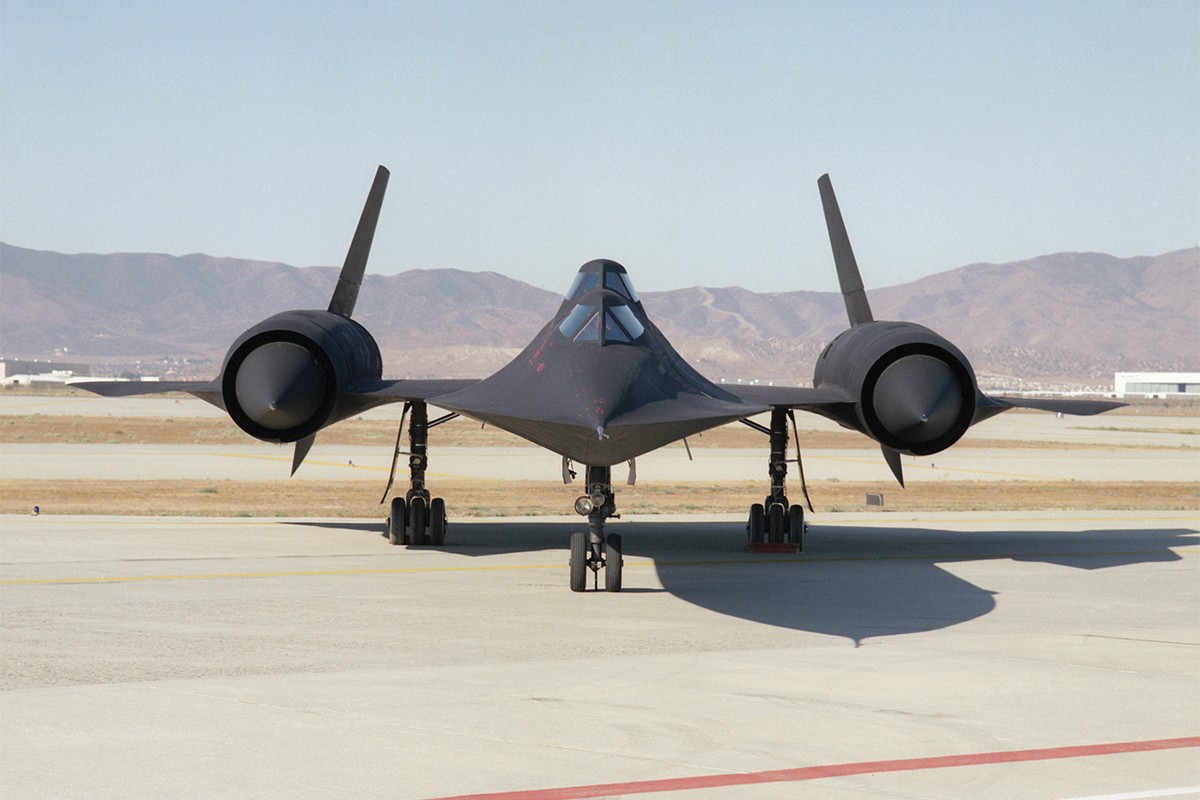
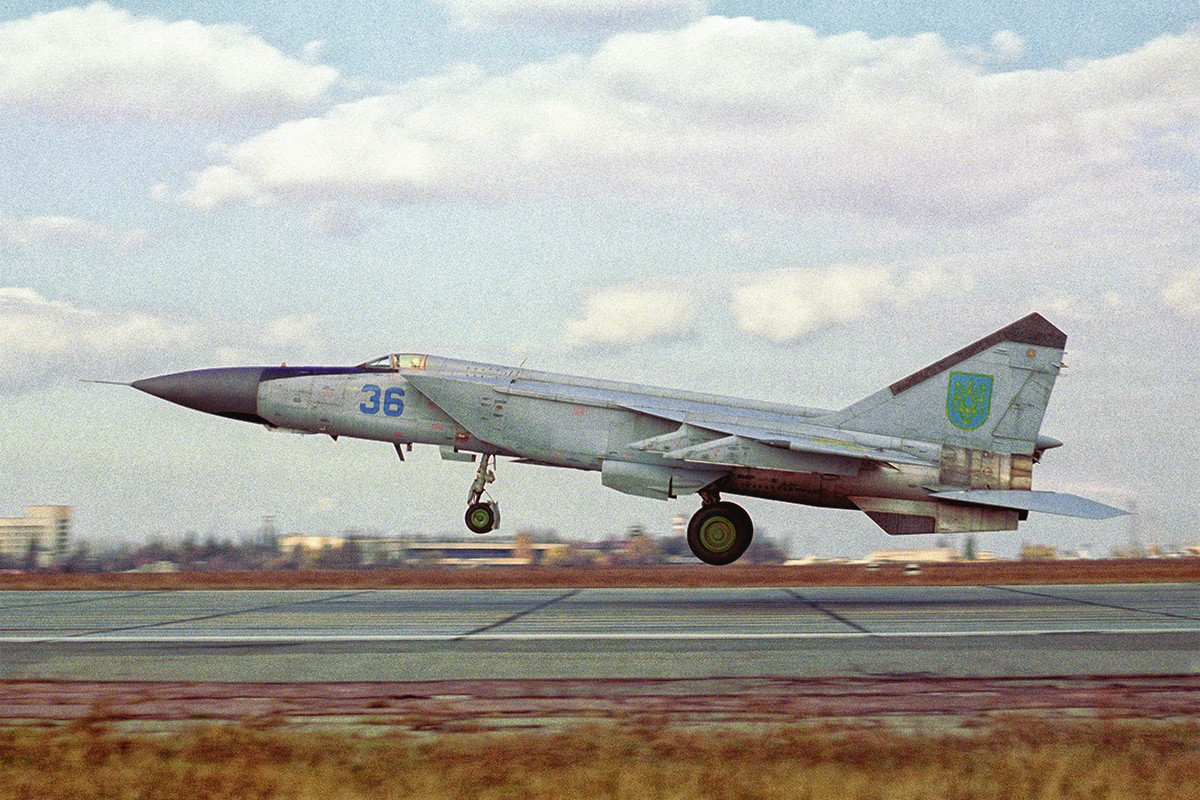
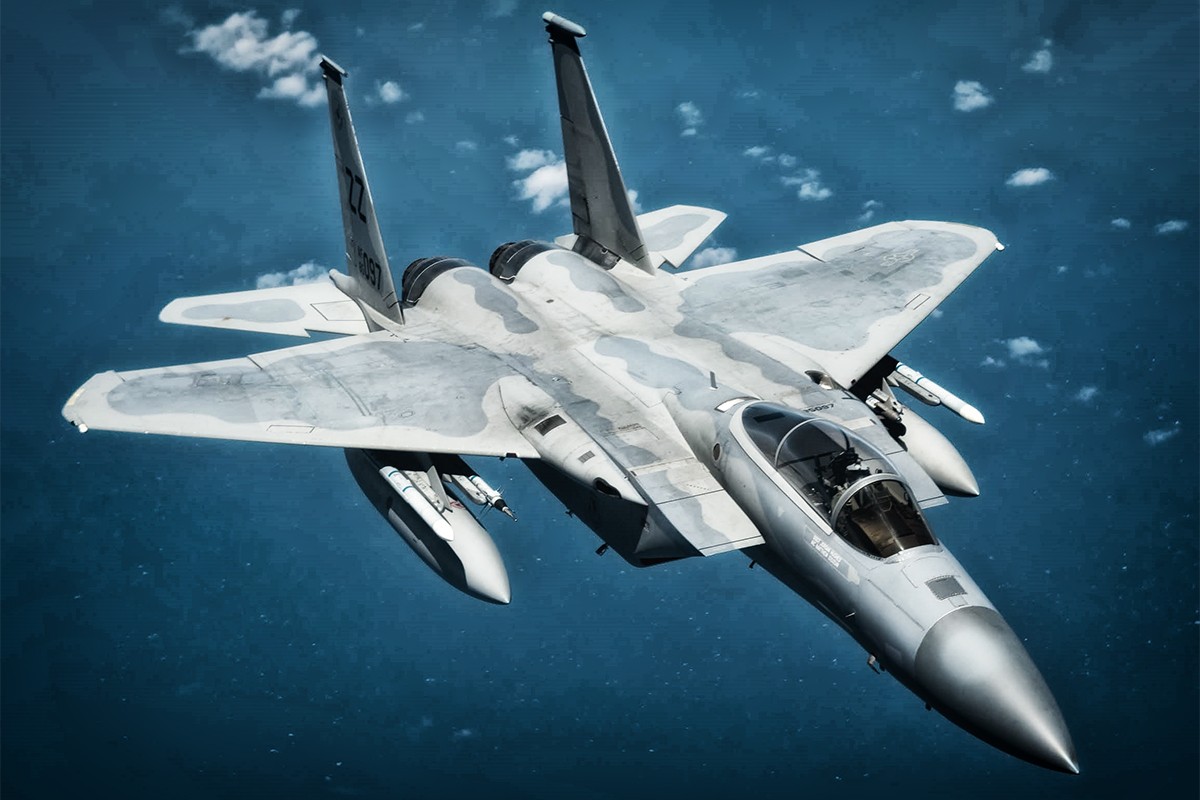
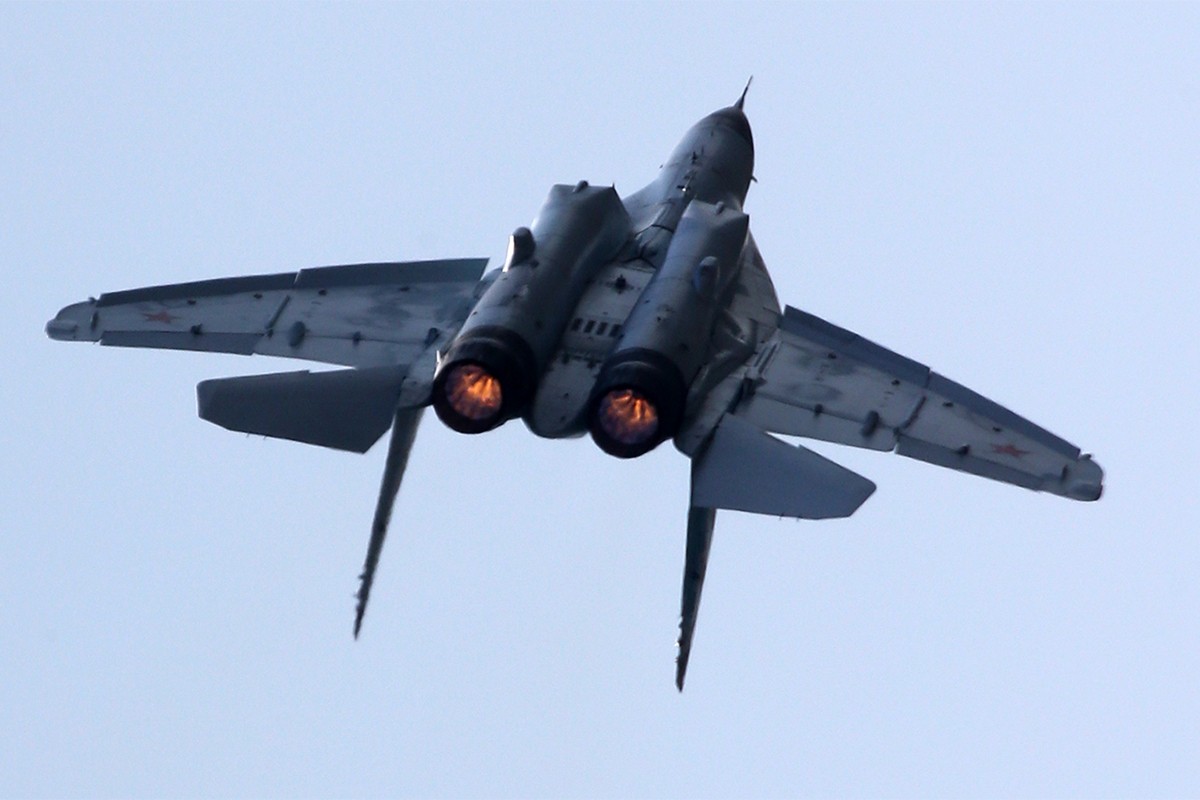
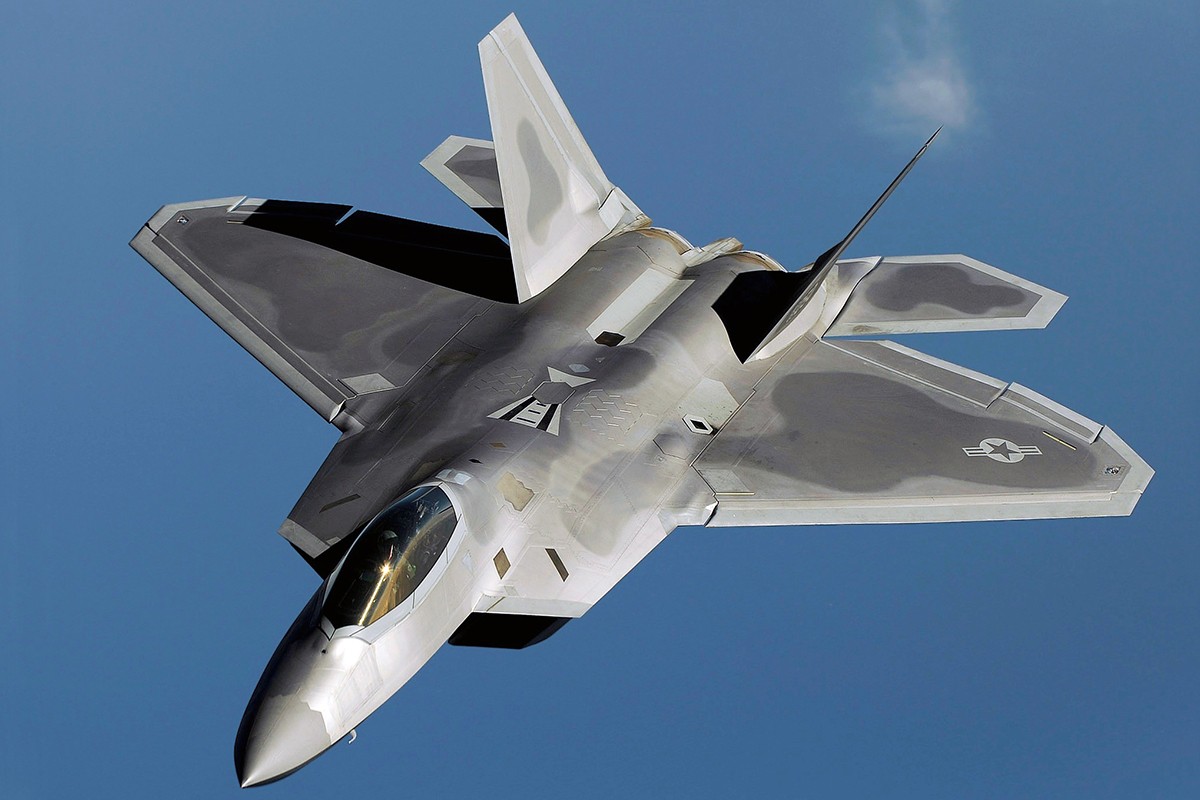
3. NASA X-43: The Unrivaled Speed Champion
The NASA X-43 holds the undisputed title of the fastest aircraft in the world, reaching an astonishing speed of Mach 9.6 (approximately 7,364 miles per hour or 11,854 kilometers per hour). This unmanned experimental aircraft was part of NASA’s Hyper-X program, which aimed to explore hypersonic flight technologies.
3.1. Scramjet Technology
The key to the X-43’s incredible speed was its scramjet engine (supersonic combustion ramjet). Unlike traditional jet engines, scramjets use the aircraft’s forward motion to compress air for combustion, allowing them to operate at hypersonic speeds.
3.2. Mission and Achievements
The X-43A was dropped from a Boeing B-52 Stratofortress at an altitude of about 40,000 feet. After detaching from the booster rocket, its scramjet engine ignited, propelling it to Mach 9.6. This successful flight demonstrated the viability of scramjet technology for hypersonic flight.
3.3. Future Implications
The X-43’s success has paved the way for further research into hypersonic flight, potentially leading to faster air travel and more efficient space access.
4. Lockheed SR-71 Blackbird: The Cold War Icon
The Lockheed SR-71 Blackbird, while not as fast as the X-43, remains an iconic symbol of speed and technological innovation. It holds the record for the fastest air-breathing manned aircraft, with a top speed of Mach 3.3 (approximately 2,275 miles per hour or 3,661 kilometers per hour).
4.1. Design and Purpose
The SR-71 was designed for strategic reconnaissance during the Cold War. Its high speed and altitude capabilities allowed it to overfly hostile territory and gather intelligence without being intercepted.
4.2. Advanced Materials
To withstand the extreme temperatures generated at Mach 3.3, the SR-71 was constructed from titanium alloy. This material could handle temperatures exceeding 1,000 degrees Fahrenheit (538 degrees Celsius).
4.3. Legacy
The SR-71 retired from service in 1999, but its legacy lives on as an example of cutting-edge aerospace engineering. It continues to inspire engineers and designers working on future high-speed aircraft.
5. MiG-25 Foxbat: The Interceptor Legend
The Mikoyan-Gurevich MiG-25 Foxbat is a Soviet-era interceptor and reconnaissance aircraft that achieved a top speed of Mach 2.83 (approximately 2,190 miles per hour or 3,524 kilometers per hour). It was designed to counter the threat of high-speed American bombers during the Cold War.
5.1. Operational Role
The MiG-25 was primarily used to intercept enemy aircraft, particularly the Mach 3-capable North American XB-70 Valkyrie bomber (which was ultimately canceled). Its speed and high-altitude capabilities made it a formidable adversary.
5.2. Design Features
The MiG-25’s design emphasized speed and altitude over maneuverability. It featured large wings, powerful engines, and a radar system capable of detecting targets at long range.
5.3. Impact
The MiG-25’s performance surprised Western analysts when it first appeared in the 1970s. It demonstrated the Soviet Union’s ability to produce high-performance aircraft and influenced the design of subsequent Western fighters.
6. Factors Influencing Aircraft Speed
Several factors influence the maximum speed an aircraft can achieve:
- Engine Power: The amount of thrust an engine can produce directly affects an aircraft’s speed. More powerful engines enable higher speeds.
- Aerodynamics: The shape of an aircraft and its wings affects its drag. Streamlined designs with low drag coefficients allow for higher speeds.
- Materials: The materials used to construct an aircraft must be able to withstand the stresses and temperatures generated at high speeds.
- Altitude: Air density decreases with altitude, reducing drag and allowing aircraft to achieve higher speeds.
- Weight: Lighter aircraft can accelerate more quickly and achieve higher speeds than heavier ones.
7. The Role of Engine Technology
Engine technology plays a pivotal role in determining aircraft speed. Different types of engines are suited for different speed regimes:
- Turbojet Engines: These engines are commonly used in high-speed aircraft. They compress air, mix it with fuel, and ignite the mixture to produce thrust.
- Turbofan Engines: Turbofan engines are more fuel-efficient than turbojets and are used in many commercial airliners and military aircraft.
- Ramjet Engines: Ramjets use the aircraft’s forward motion to compress air for combustion. They are efficient at supersonic speeds but require an initial boost to reach operating speed.
- Scramjet Engines: Scramjets are similar to ramjets but are designed to operate at hypersonic speeds (above Mach 5). They are highly complex and require advanced materials and technologies.
8. The Future of High-Speed Flight
Research and development in high-speed flight continue to push the boundaries of what is possible. Several projects are underway to develop new technologies and aircraft capable of even greater speeds:
- Hypersonic Aircraft: Efforts are focused on developing hypersonic aircraft for both military and civilian applications. These aircraft could potentially travel at speeds exceeding Mach 5, significantly reducing travel times.
- Spaceplanes: Spaceplanes are designed to take off from conventional runways, fly into space, and return to land on a runway. They could revolutionize space access and make it more affordable.
- Advanced Engine Designs: Researchers are exploring new engine designs, such as combined cycle engines, that can operate efficiently across a wide range of speeds, from subsonic to hypersonic.
9. Fastest Military Aircraft in Operation
While experimental aircraft like the X-43 hold the overall speed record, several military aircraft are among the fastest operational jets in the world. These include:
9.1. F-15 Eagle
The McDonnell Douglas (now Boeing) F-15 Eagle is a twin-engine, all-weather tactical fighter designed for air superiority. It has a top speed of Mach 2.5 (approximately 1,650 miles per hour or 2,655 kilometers per hour). The F-15’s exceptional maneuverability and advanced avionics make it a formidable air combat platform.
9.2. MiG-31 Foxhound
The MiG-31 Foxhound is an all-weather, supersonic interceptor aircraft designed to intercept cruise missiles and other high-value targets. It has a top speed of Mach 2.83 (approximately 1,860 miles per hour or 2,993 kilometers per hour). The MiG-31’s powerful radar and long-range missiles make it a capable air defense asset.
9.3. F-22 Raptor
The Lockheed Martin F-22 Raptor is a stealth air superiority fighter with a top speed of Mach 2.25 (approximately 1,500 miles per hour or 2,414 kilometers per hour). Its combination of stealth, speed, and agility makes it one of the most advanced fighter aircraft in the world.
10. Civilian Applications of High-Speed Flight
While much of the research into high-speed flight has been driven by military applications, there are potential civilian benefits as well:
- Faster Air Travel: Hypersonic aircraft could significantly reduce travel times, making it possible to fly from New York to Tokyo in just a few hours.
- More Efficient Space Access: Spaceplanes could provide a more affordable and convenient way to travel to space, opening up new opportunities for space tourism and research.
- Emergency Response: High-speed aircraft could be used to quickly deliver medical supplies or personnel to disaster areas.
- Cargo Transport: Faster cargo transport could speed up international trade and reduce shipping costs.
11. Challenges of High-Speed Flight
Achieving and sustaining high-speed flight presents numerous challenges:
- Heat Management: High speeds generate extreme temperatures, which can damage aircraft structures and components.
- Aerodynamic Drag: Drag increases exponentially with speed, requiring powerful engines to overcome it.
- Engine Efficiency: Maintaining engine efficiency at high speeds is crucial for maximizing range and minimizing fuel consumption.
- Stability and Control: High-speed aircraft must be stable and controllable to ensure safe flight.
- Cost: Developing and operating high-speed aircraft is expensive, requiring significant investment in research, development, and infrastructure.
12. The Sound Barrier and Supersonic Flight
The sound barrier is a term used to describe the point at which an aircraft reaches the speed of sound (Mach 1). Breaking the sound barrier creates a sonic boom, a loud noise caused by the shock waves generated by the aircraft.
12.1. Overcoming the Sound Barrier
Early attempts to break the sound barrier were met with numerous challenges, including increased drag, instability, and structural damage. It wasn’t until the development of advanced aircraft designs and powerful engines that supersonic flight became routine.
12.2. Sonic Booms
Sonic booms can be disruptive and even damaging, which has limited the use of supersonic aircraft over populated areas. However, research is underway to develop quieter supersonic aircraft that would minimize the impact of sonic booms.
13. Hypersonic Flight: The Next Frontier
Hypersonic flight, defined as speeds above Mach 5, represents the next frontier in aviation. Achieving sustained hypersonic flight requires overcoming significant technological and engineering challenges.
13.1. Scramjet Technology
Scramjet engines are the key to hypersonic flight. They use the aircraft’s forward motion to compress air for combustion, allowing them to operate at speeds far beyond those achievable with traditional jet engines.
13.2. Challenges of Hypersonic Flight
Hypersonic flight presents numerous challenges, including extreme heat, high drag, and complex engine designs. Overcoming these challenges requires advanced materials, innovative engineering solutions, and significant investment.
14. Key Technologies Enabling High-Speed Flight
Several key technologies have enabled the development of high-speed aircraft:
- Advanced Engine Designs: Turbojet, turbofan, ramjet, and scramjet engines have all played a role in pushing the boundaries of aircraft speed.
- Aerodynamic Design: Streamlined designs with low drag coefficients are essential for achieving high speeds.
- Advanced Materials: Titanium alloys, composites, and other advanced materials can withstand the extreme temperatures and stresses generated at high speeds.
- Avionics and Control Systems: Sophisticated avionics and control systems are needed to ensure stability and control at high speeds.
- Computational Fluid Dynamics (CFD): CFD simulations allow engineers to model and analyze airflow around aircraft, optimizing designs for maximum speed and efficiency.
15. The Impact of World Records on Aviation
World records for aircraft speed have often spurred innovation and technological advancement in the aviation industry. These records serve as benchmarks for performance and inspire engineers and designers to push the boundaries of what is possible.
15.1. Setting New Standards
When an aircraft breaks a speed record, it sets a new standard for performance and demonstrates the potential of new technologies. This can lead to further investment in research and development, accelerating the pace of innovation.
15.2. Inspiring Innovation
World records can inspire engineers and designers to think outside the box and come up with new and innovative solutions to the challenges of high-speed flight. They provide a tangible goal to strive for and motivate teams to push the limits of their abilities.
16. The Economics of High-Speed Flight
The economics of high-speed flight are complex and depend on a variety of factors, including development costs, operating costs, and potential revenue streams.
16.1. Development Costs
Developing high-speed aircraft requires significant investment in research, development, and testing. These costs can be substantial and may require government funding or private investment.
16.2. Operating Costs
Operating high-speed aircraft can also be expensive, due to higher fuel consumption, maintenance costs, and personnel training requirements. These costs must be carefully managed to ensure that high-speed flight is economically viable.
16.3. Revenue Streams
Potential revenue streams for high-speed aircraft include passenger travel, cargo transport, and military applications. The size and profitability of these markets will determine the economic viability of high-speed flight.
17. Environmental Considerations
Environmental considerations are becoming increasingly important in the aviation industry, and high-speed flight is no exception.
17.1. Fuel Consumption
High-speed aircraft tend to consume more fuel than slower aircraft, which can contribute to greenhouse gas emissions and air pollution.
17.2. Noise Pollution
Sonic booms and other forms of noise pollution can be a concern with high-speed aircraft, particularly over populated areas.
17.3. Mitigation Strategies
Researchers are exploring various strategies to mitigate the environmental impact of high-speed flight, including the development of more fuel-efficient engines, quieter aircraft designs, and alternative fuels.
18. Notable Historical High-Speed Aircraft
Throughout history, several aircraft have made significant contributions to the advancement of high-speed flight:
- Bell X-1: The first aircraft to break the sound barrier in level flight, piloted by Chuck Yeager in 1947.
- North American X-15: A rocket-powered aircraft that reached a top speed of Mach 6.72 in 1967, setting a record that still stands today.
- Lockheed SR-71 Blackbird: The fastest air-breathing manned aircraft, capable of sustained flight at Mach 3.3.
- Concorde: A supersonic passenger airliner that operated from 1969 to 2003, providing fast transatlantic travel for thousands of passengers.
19. The Future of Supersonic Passenger Travel
Although the Concorde was retired in 2003, there is renewed interest in developing supersonic passenger aircraft. Several companies are working on designs for new supersonic airliners that would be faster, quieter, and more fuel-efficient than the Concorde.
19.1. Boom Supersonic
Boom Supersonic is developing the Overture, a supersonic airliner designed to fly at Mach 1.7 and carry 65-88 passengers. The company aims to begin commercial flights in the late 2020s.
19.2. Aerion Supersonic
Aerion Supersonic was developing the AS2, a supersonic business jet designed to fly at Mach 1.4. However, the company ceased operations in 2021 due to funding challenges.
19.3. Challenges and Opportunities
The development of supersonic passenger aircraft faces numerous challenges, including regulatory hurdles, environmental concerns, and economic viability. However, the potential benefits of faster air travel are significant, and there is a growing market for supersonic business jets and airliners.
20. Aerospace Engineering and High-Speed Flight
Aerospace engineering plays a crucial role in the design and development of high-speed aircraft. Aerospace engineers are responsible for:
- Aerodynamic Design: Creating streamlined shapes that minimize drag and maximize lift.
- Structural Analysis: Ensuring that aircraft structures can withstand the stresses and temperatures generated at high speeds.
- Engine Design: Developing efficient and powerful engines that can propel aircraft to high speeds.
- Control Systems: Designing sophisticated control systems that ensure stability and maneuverability at high speeds.
- Materials Science: Selecting and testing materials that can withstand extreme conditions.
21. The Role of Government and Research Institutions
Government agencies and research institutions play a vital role in advancing high-speed flight. They provide funding for research and development, conduct experiments, and set standards for safety and performance.
21.1. NASA
NASA has been at the forefront of high-speed flight research for decades, conducting groundbreaking experiments with aircraft like the X-15 and X-43.
21.2. Military Research Labs
Military research labs around the world are also actively involved in developing high-speed aircraft for military applications.
21.3. Universities
Universities conduct research on various aspects of high-speed flight, including aerodynamics, materials science, and engine design.
22. Learning More About Aviation and Aircraft
If you’re fascinated by aviation and aircraft, there are many ways to learn more:
- Read Books and Articles: Numerous books and articles cover the history, technology, and science of aviation.
- Visit Air Museums: Air museums display a wide range of aircraft and provide information about their history and significance.
- Take Flying Lessons: If you’re interested in becoming a pilot, consider taking flying lessons at a local flight school.
- Study Aerospace Engineering: If you want to pursue a career in aviation, consider studying aerospace engineering at a university.
- Online Resources: Websites like WHAT.EDU.VN offer a wealth of information about aviation and aircraft.
23. High-Speed Flight and Space Exploration
High-speed flight technologies have applications beyond aviation, including space exploration.
23.1. Hypersonic Spaceplanes
Hypersonic spaceplanes could provide a more affordable and convenient way to travel to space, making space tourism and research more accessible.
23.2. Re-entry Vehicles
High-speed flight technologies are also used in the design of re-entry vehicles that can safely return spacecraft to Earth from orbit.
24. Frequently Asked Questions (FAQs) About the Fastest Aircraft
Here are some frequently asked questions about the fastest aircraft in the world:
| Question | Answer |
|---|---|
| What is the fastest aircraft ever built? | The fastest aircraft ever built is the NASA X-43, an experimental unmanned hypersonic aircraft that reached a speed of Mach 9.6. |
| What is the fastest manned aircraft? | The fastest manned aircraft is the Lockheed SR-71 Blackbird, a strategic reconnaissance aircraft capable of sustained flight at Mach 3.3. |
| What is the sound barrier? | The sound barrier is the point at which an aircraft reaches the speed of sound (Mach 1). Breaking the sound barrier creates a sonic boom. |
| What is hypersonic flight? | Hypersonic flight is defined as speeds above Mach 5. Achieving sustained hypersonic flight requires advanced engine designs and materials. |
| What are some of the challenges of high-speed flight? | Some of the challenges of high-speed flight include heat management, aerodynamic drag, engine efficiency, stability and control, and cost. |
| What is a scramjet engine? | A scramjet engine (supersonic combustion ramjet) is an engine that uses the aircraft’s forward motion to compress air for combustion. Scramjets are efficient at hypersonic speeds. |
| Are there any supersonic passenger aircraft currently in service? | No, there are no supersonic passenger aircraft currently in service. The Concorde, the last supersonic airliner, was retired in 2003. However, several companies are working on designs for new supersonic airliners. |
| What are some of the potential civilian applications of high-speed flight? | Potential civilian applications of high-speed flight include faster air travel, more efficient space access, emergency response, and cargo transport. |
| What is aerospace engineering? | Aerospace engineering is the field of engineering that deals with the design, development, and testing of aircraft and spacecraft. |
| What is the role of government in high-speed flight research? | Government agencies and research institutions play a vital role in advancing high-speed flight by providing funding for research and development, conducting experiments, and setting standards for safety and performance. |
25. Staying Updated on Aviation News and Developments
To stay updated on the latest aviation news and developments, you can:
- Follow Aviation News Websites: Websites like Aviation Week, FlightGlobal, and Simple Flying provide up-to-date coverage of the aviation industry.
- Read Aviation Magazines: Magazines like Aviation International News and Professional Pilot offer in-depth analysis of aviation trends and technologies.
- Attend Air Shows: Air shows showcase the latest aircraft and technologies and provide an opportunity to see high-speed aircraft in action.
- Follow Aviation Experts on Social Media: Many aviation experts share their insights and analysis on social media platforms like Twitter and LinkedIn.
- Visit WHAT.EDU.VN Regularly: WHAT.EDU.VN provides comprehensive coverage of aviation topics, including high-speed flight.
Understanding What Is The Fastest Aircraft In The World involves looking at the complex interplay of speed, technology, and engineering. From the record-breaking NASA X-43 to the iconic Lockheed SR-71 Blackbird, these aircraft represent the pinnacle of aviation achievement.
Do you have more questions about aircraft, aviation, or anything else? Don’t hesitate to ask on WHAT.EDU.VN! Our community of experts is ready to provide you with the answers you need. Contact us at 888 Question City Plaza, Seattle, WA 98101, United States, or reach out via WhatsApp at +1 (206) 555-7890. Visit our website what.edu.vn and ask away – your questions are welcome!
